The Secret Life of Machines
(1988)Streaming Episode Guide

Season 3
The Secret Life of the Office
Episode 6 - 3-25-1993

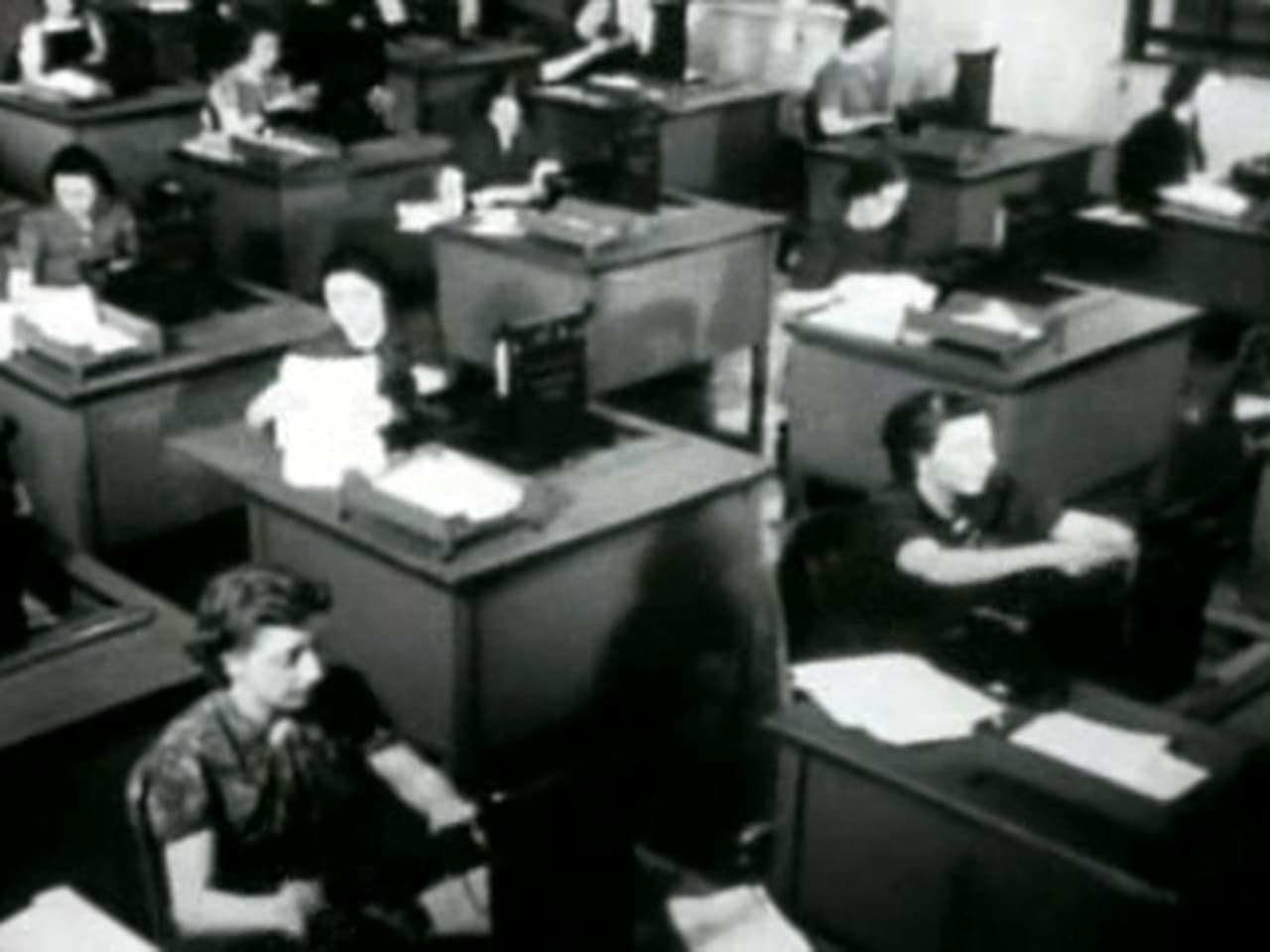
The Secret Life of the Photocopier
Episode 5 - 3-18-1993

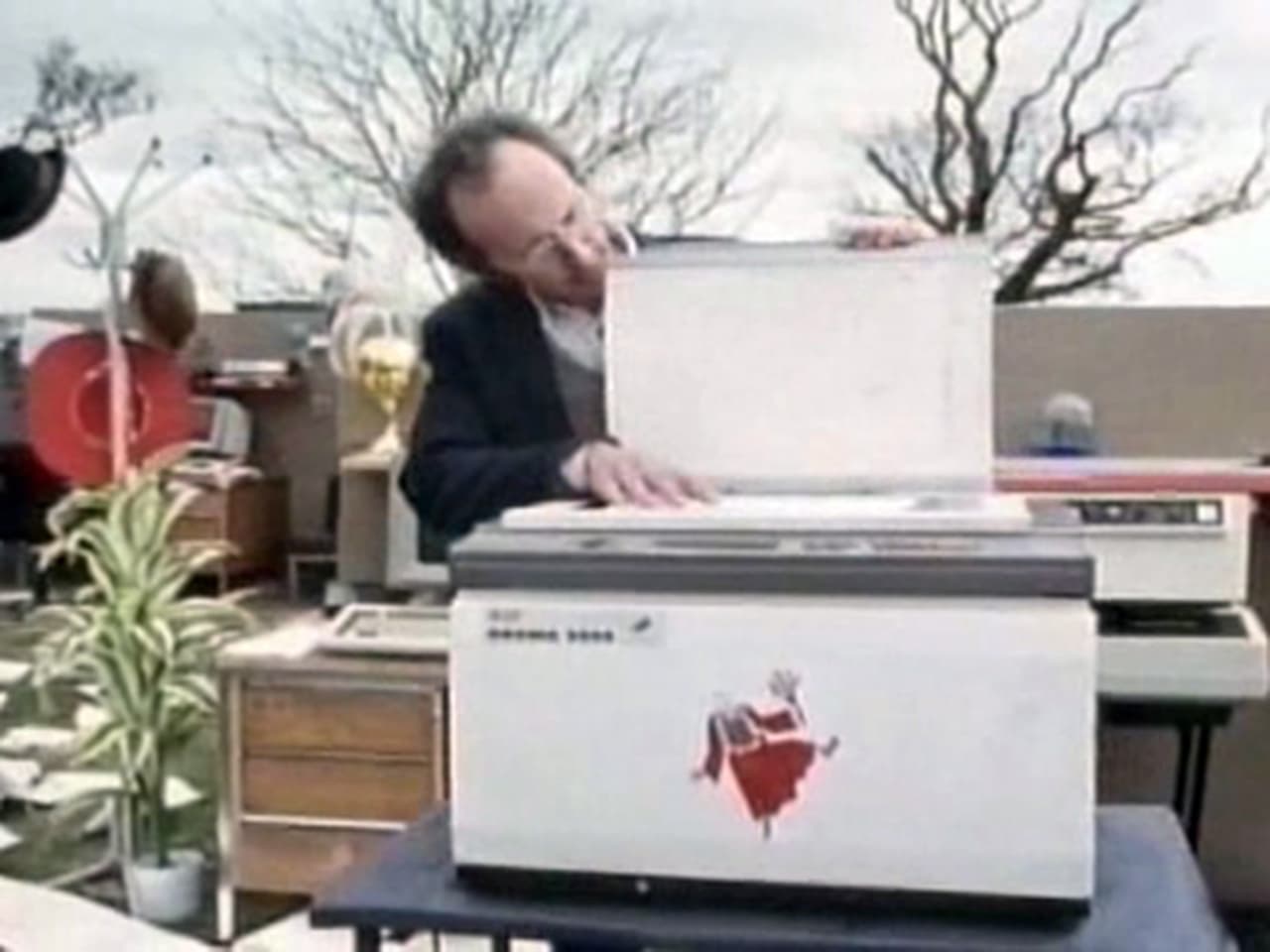
The Secret Life of the Electric Light
Episode 4 - 3-11-1993
 8/10
8/10
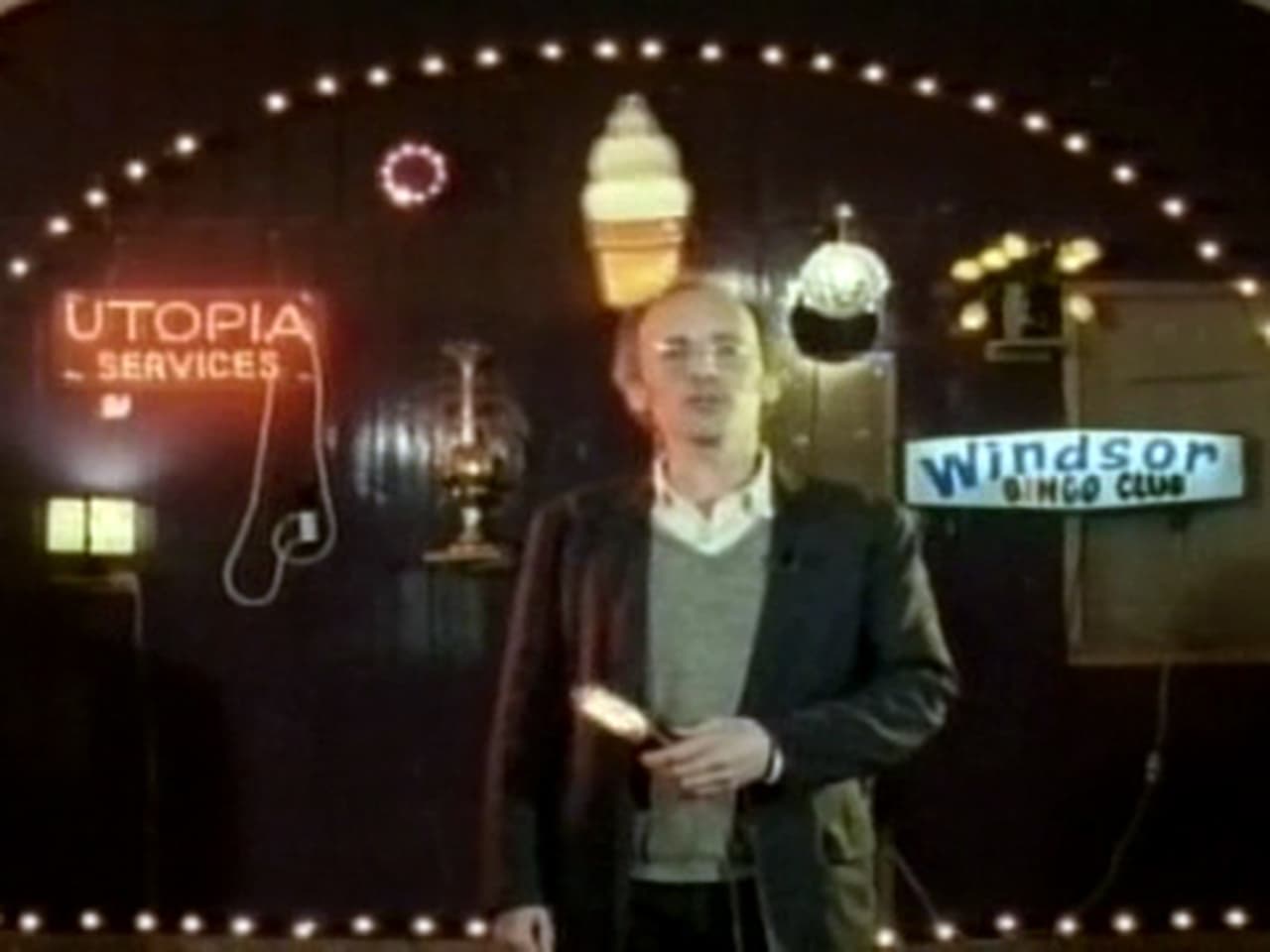
The Secret Life of the Word Processor
Episode 3 - 3-04-1993

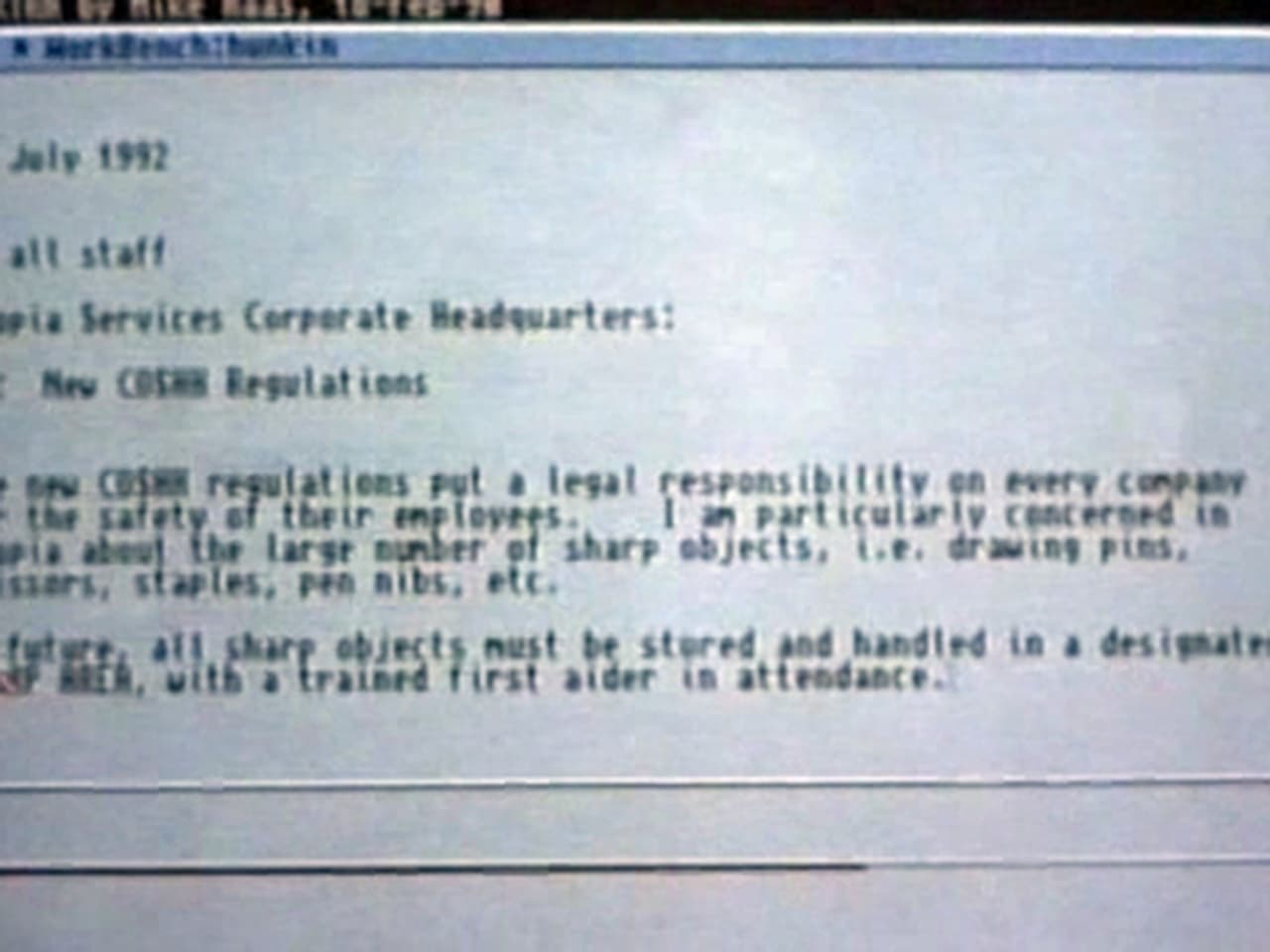
The Secret Life of the Lift
Episode 2 - 2-25-1993

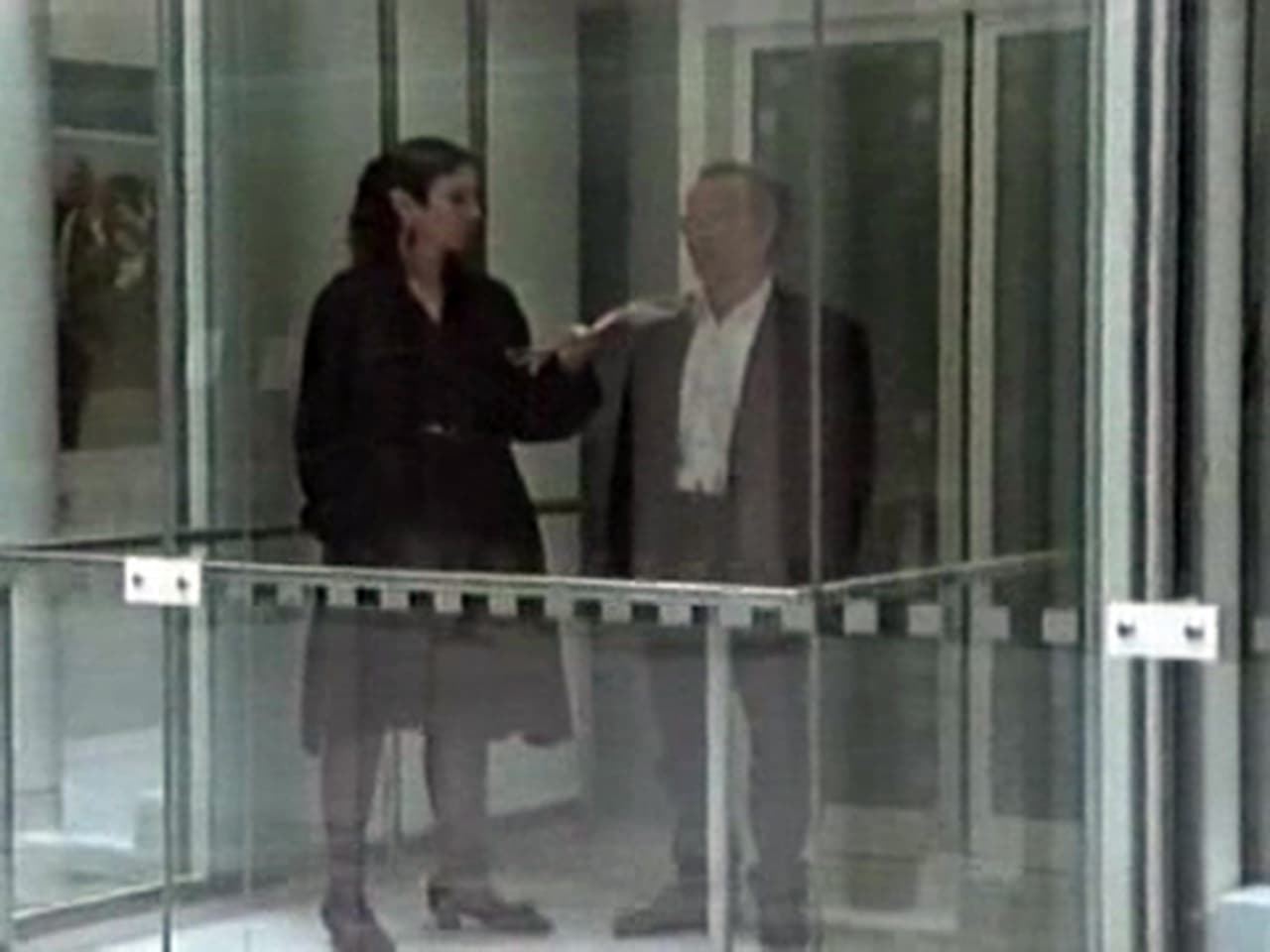
The Secret Life of the Fax Machine
Episode 1 - 2-18-1993
 7.8/10
7.8/10
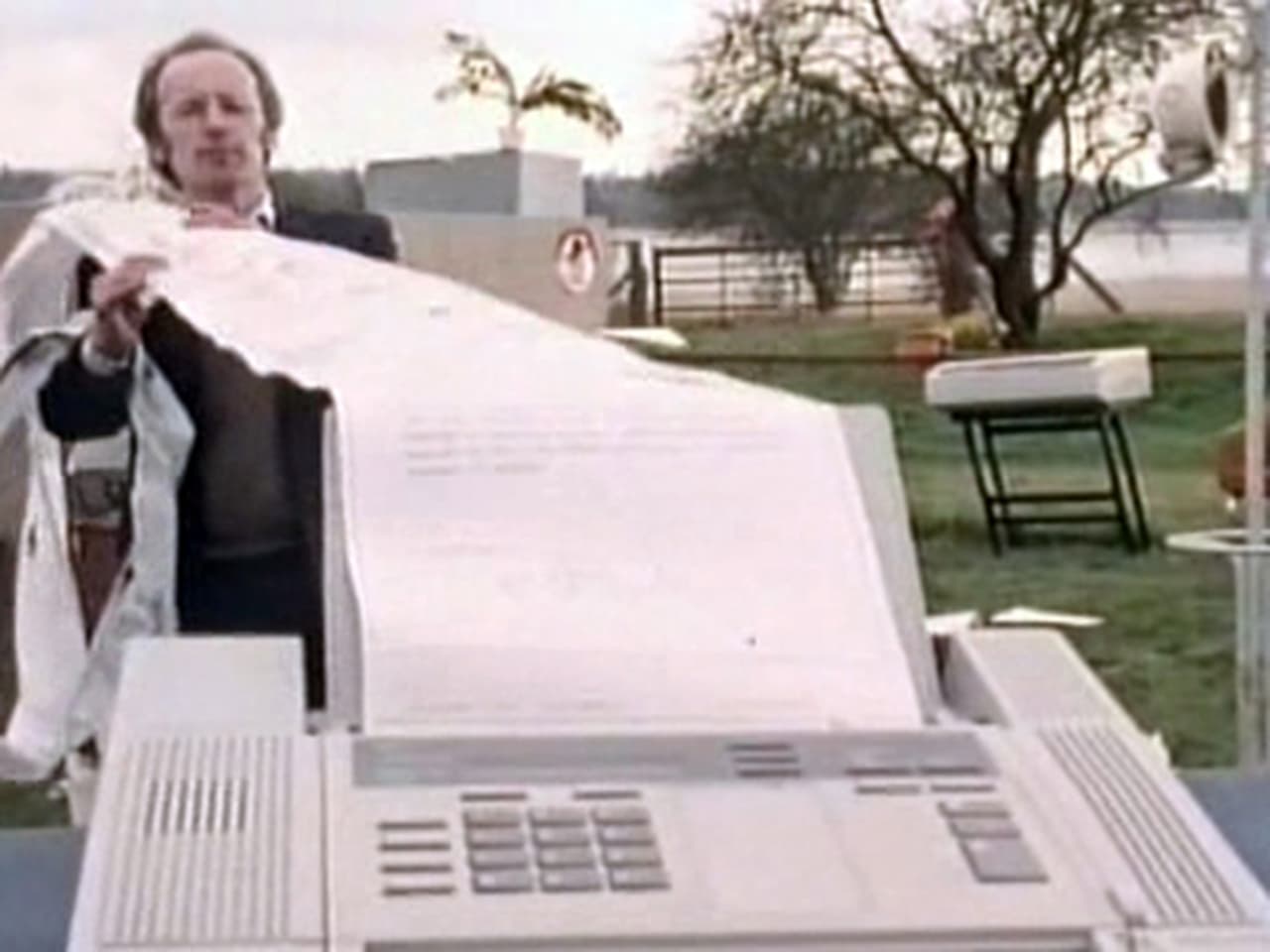

Season 2
The Secret Life of the Video Recorder
Episode 6 - 2-12-1991
 7.6/10
7.6/10
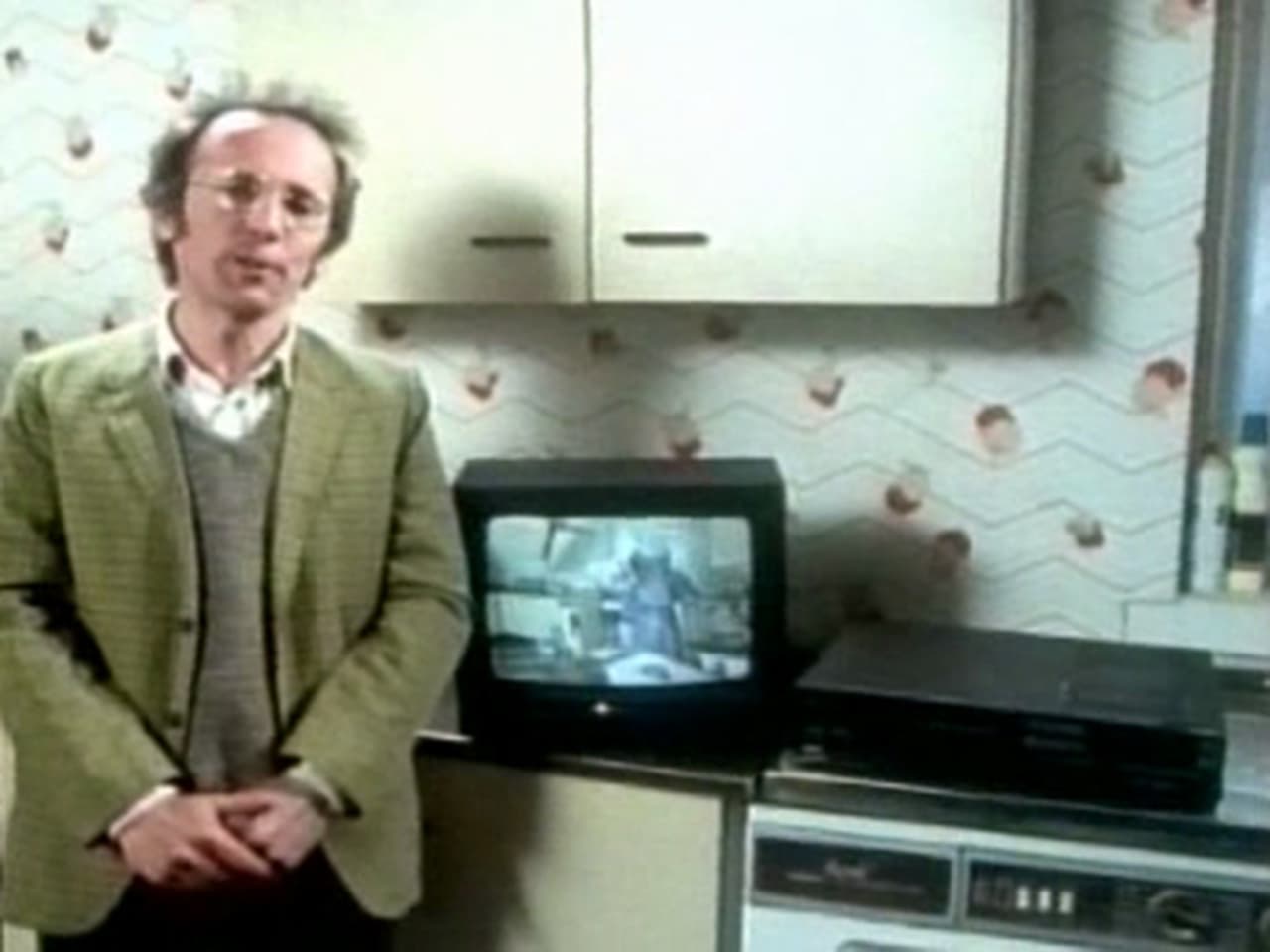
The Secret Life of the Radio Set
Episode 5 - 1-05-1991


The Secret Life of the Telephone
Episode 4 - 1-29-1991

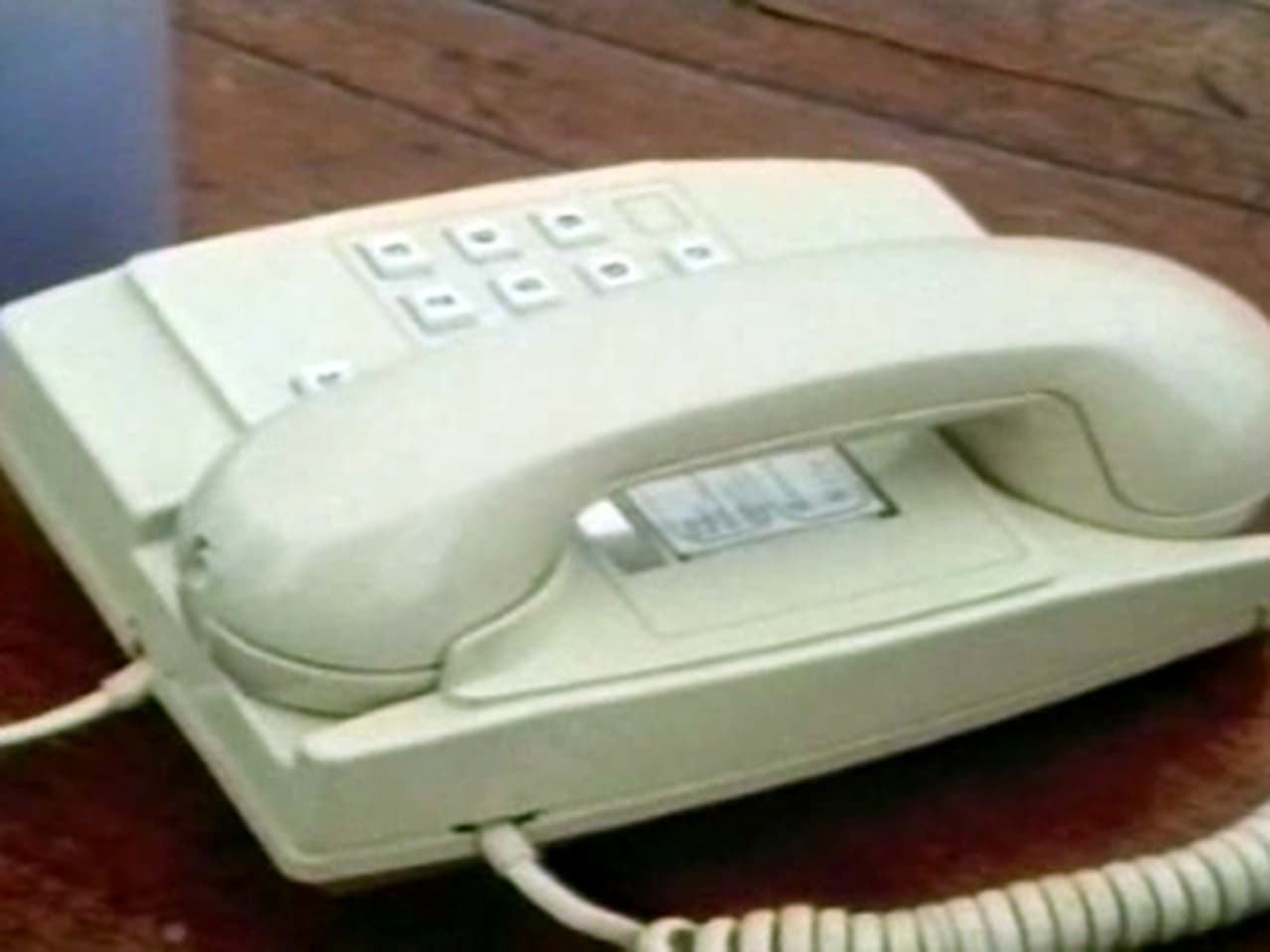
The Secret Life of the Quartz Watch
Episode 3 - 1-22-1991

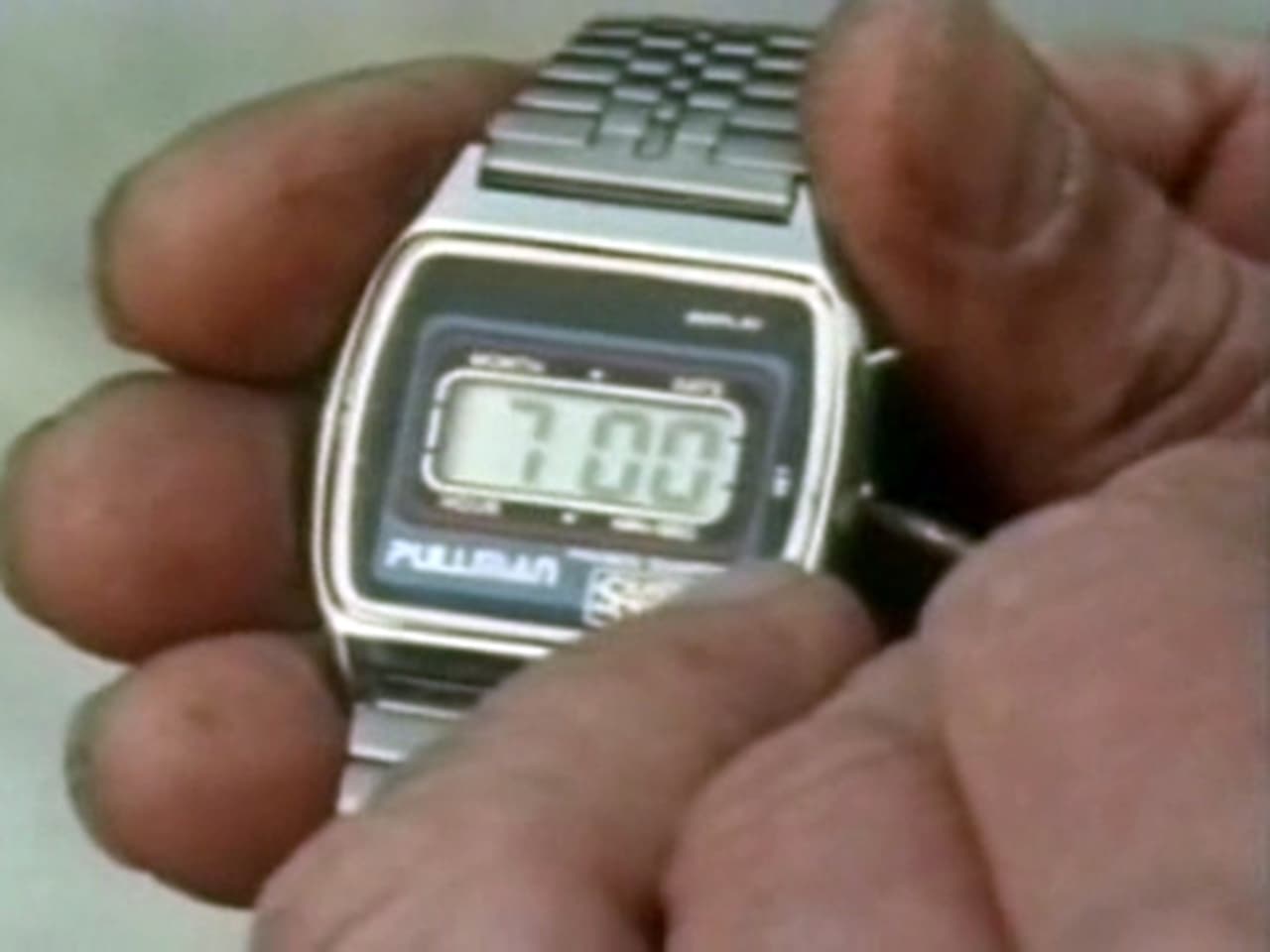
The Secret Life of the Internal Combustion Engine
Episode 2 - 1-15-1991

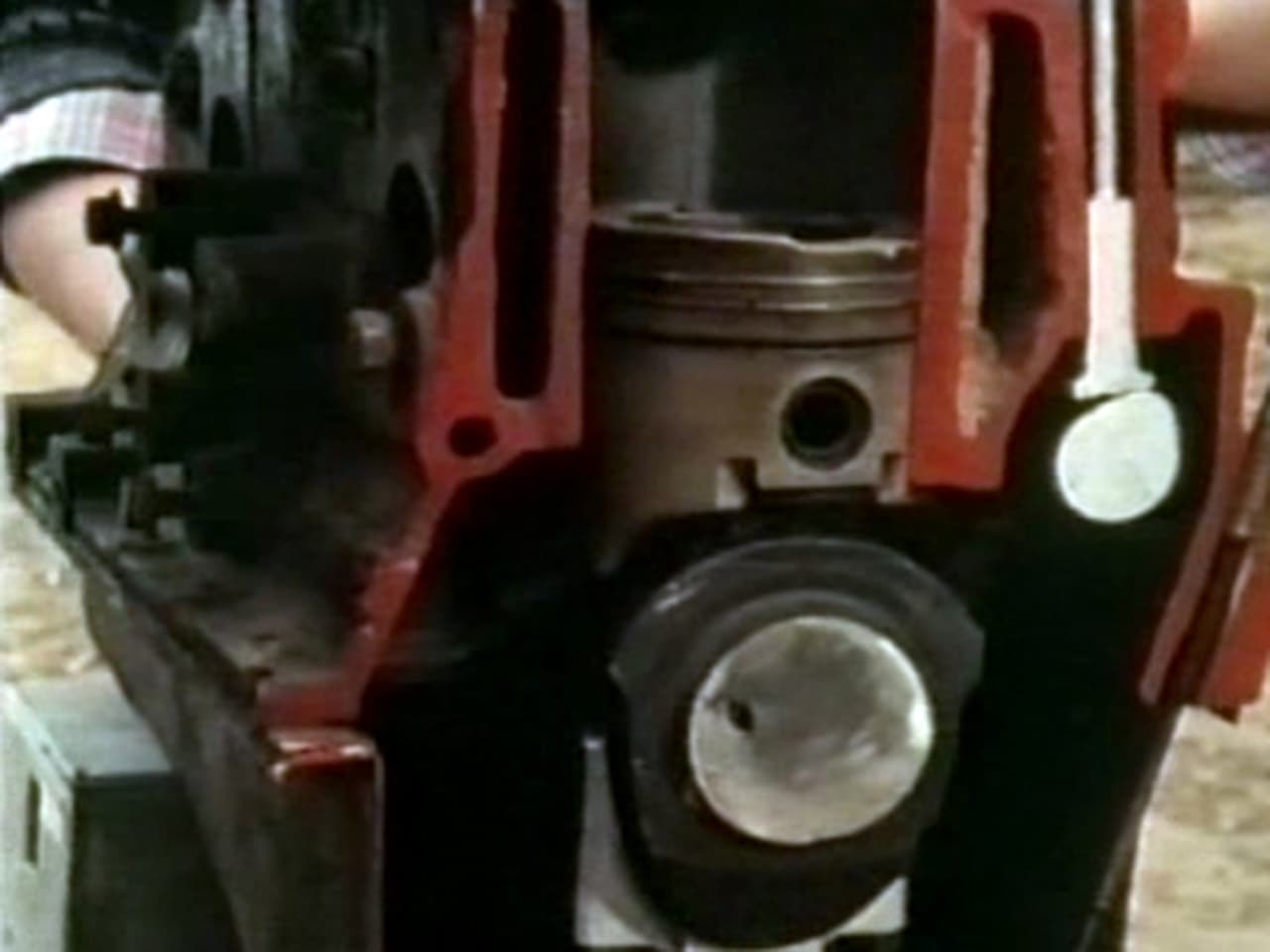
The Secret Life of the Car
Episode 1 - 1-08-1991
 8/10
8/10


Season 1
The Secret Life of the Television Set
Episode 6 - 12-20-1988
 8.2/10
8.2/10

The Secret Life of the Central Heating System
Episode 5 - 12-13-1988
 8/10
8/10

The Secret Life of the Refrigerator
Episode 4 - 12-06-1988
 8/10
8/10

The Secret Life of the Sewing Machine
Episode 3 - 11-29-1988
 8/10
8/10

The Secret Life of the Washing Machine
Episode 2 - 11-22-1988


The Secret Life of the Vacuum Cleaner
Episode 1 - 11-15-1988
 8.2/10
8.2/10


The Secret Life of the Vacuum Cleaner
Episode 1 - 11-15-1988
 8.2/10
8.2/10

The Secret Life of the Television Set
Episode 6 - 12-20-1988
 8.2/10
8.2/10

The Secret Life of the Sewing Machine
Episode 3 - 11-29-1988
 8/10
8/10

The Secret Life of the Refrigerator
Episode 4 - 12-06-1988
 8/10
8/10

The Secret Life of the Central Heating System
Episode 5 - 12-13-1988
 8/10
8/10



